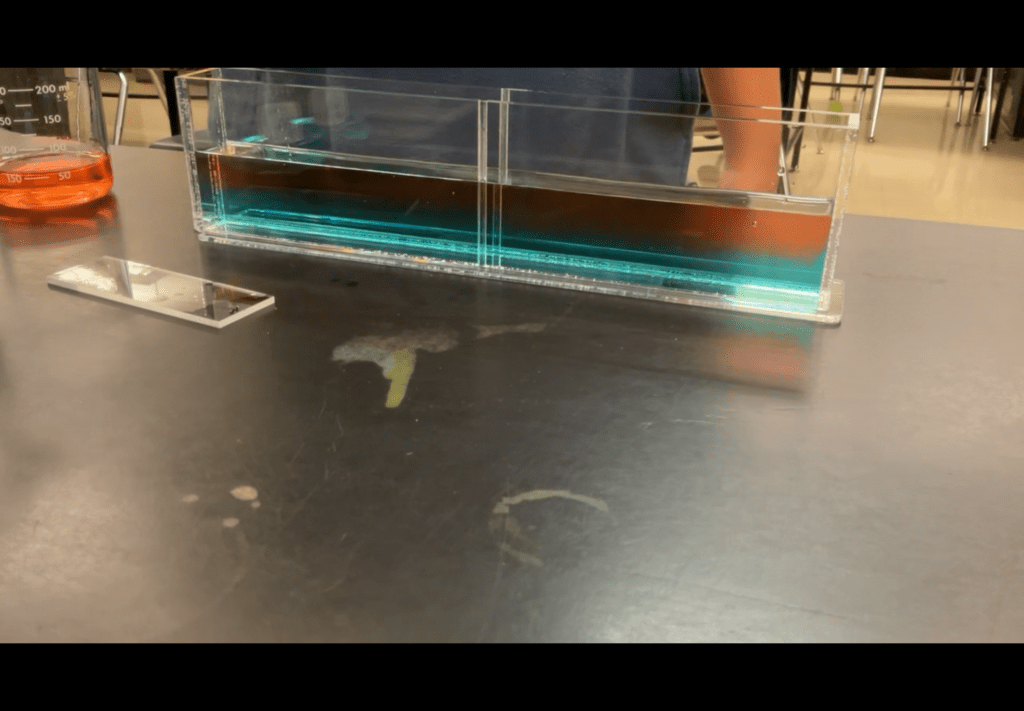For my very first ever Scimatics project, we were asked to create a board game about tectonic plates that included at least ten science concepts and probability.
I was put in a group with Susan. Here is her blog if you want to check it out https://www.blog44.ca/susane/
As soon as we were introduced to this project I started coming up with ideas and concepts but I very quickly realized that I would need more information about tectonic plates before I start.
First of all, for anyone out there that does not know what tectonic plates are, they are basically plates that are under the earths crust that move. These plates are the reason why earthquakes and volcanoes happen and how islands and mountains are formed. They also moved and are still moving our contents. This is called continental drift.
 This is what our earth looked like 335 million years ago
This is what our earth looked like 335 million years ago
In class, to help us build more of our knowledge about this topic, we did an experiment about convection currents. At first, I was not sure how convection currents had anything to do with tectonic plates but it turns out it does. This is a proses called mantle convection. Earth’s mantle is made of partially melted material. Energy from radioactive decay from Earth’s core heats up parts of the mantle. Warmer material which is not as dense rises and cooler, denser material sinks. This causes very large convection currents within the mantle. This causes mantle material to move and when it does, it drags the tectonic plates above with it.
⬇️here are some images from the experiment⬇️

Above was us poring red and blue liquid into a divided container. The red liquid was warm and the blue liquid was cold.

After that, we removed the divider and the liquid slowly merged together. The first thing we noticed was that the warm liquid was going on top and the cold liquid was going to the bottom. This is because the warm liquid is less dense than cold liquid.
I really liked this experiment because it is cool to see what it actually looks like when cold and warm liquid meets.
After this and also reading about tectonic plates in a textbook, my partner and I started coming up with some game ideas and rules.
⬇️ Game Rules ⬇️

https://www.icloud.com/pages/0bN_i9sFL5Zhphz1q6-e0ZuXw#Tectonic_chances
The goal of our game was to be the last one standing by attacking other players. The game board was made up of plates that you can move apart and together to create the different plate boundaries. To attack you must place the type of plate boundary you want to use and the effect from that plate boundary with it. For example, I could place a convergent plate boundary and an earthquake to attack. For the attack to work, I must roll certain numbers on the die which was the probability part of the project.

⬆️game board⬆️
CURRICULAR COMPETENCY AND EVALUATION RUBRIC
Evaluating: Demonstrate an understanding and appreciation of evidence🌈
In this core competency, I demonstrated an extending knowledge of this. I incorporated more than ten key concepts and my game pieces visually represents tectonic plates in a creative and beautiful way.
Questioning and predicting: Demonstrate a sustained intellectual curiosity about a scientific topic or problem of personal interest🌈
In this core competency, I also demonstrated an extending knowledge of this. I used all of my class time efficiently with no distractions or getting off task.
Understanding and solving: Develop, demonstrate, and apply mathematical understanding through play, inquiry, and problem solving🌈
In this core competency, I also demonstrated an extending knowledge of this. I incorporated probability into every turn and I showed it clearly in the game rules. For example to attack with an earthquake, you need to roll a 2,4, or 6. That is a 3/6 or 1/2 chance of being able to attack.
At the beginning of the project, we all made a mindnode and at the end we answered our questions and added more onto it.⬇️

Over all I really enjoyed this project and I had a lot of fun making it and learning about it.
thanks for reading this👋 bye

Leave a Reply